At some point, we have all experienced symptoms of dehydration. By definition, “dehydration” purely means loss of water from the body. However, in reality, it is much more than that.
Here, we discuss the causes and process of dehydration, and how to quickly rehydrate to avoid it.
SHOP our ELECTROLYTE POWDER
30-Day Satisfaction Guarantee
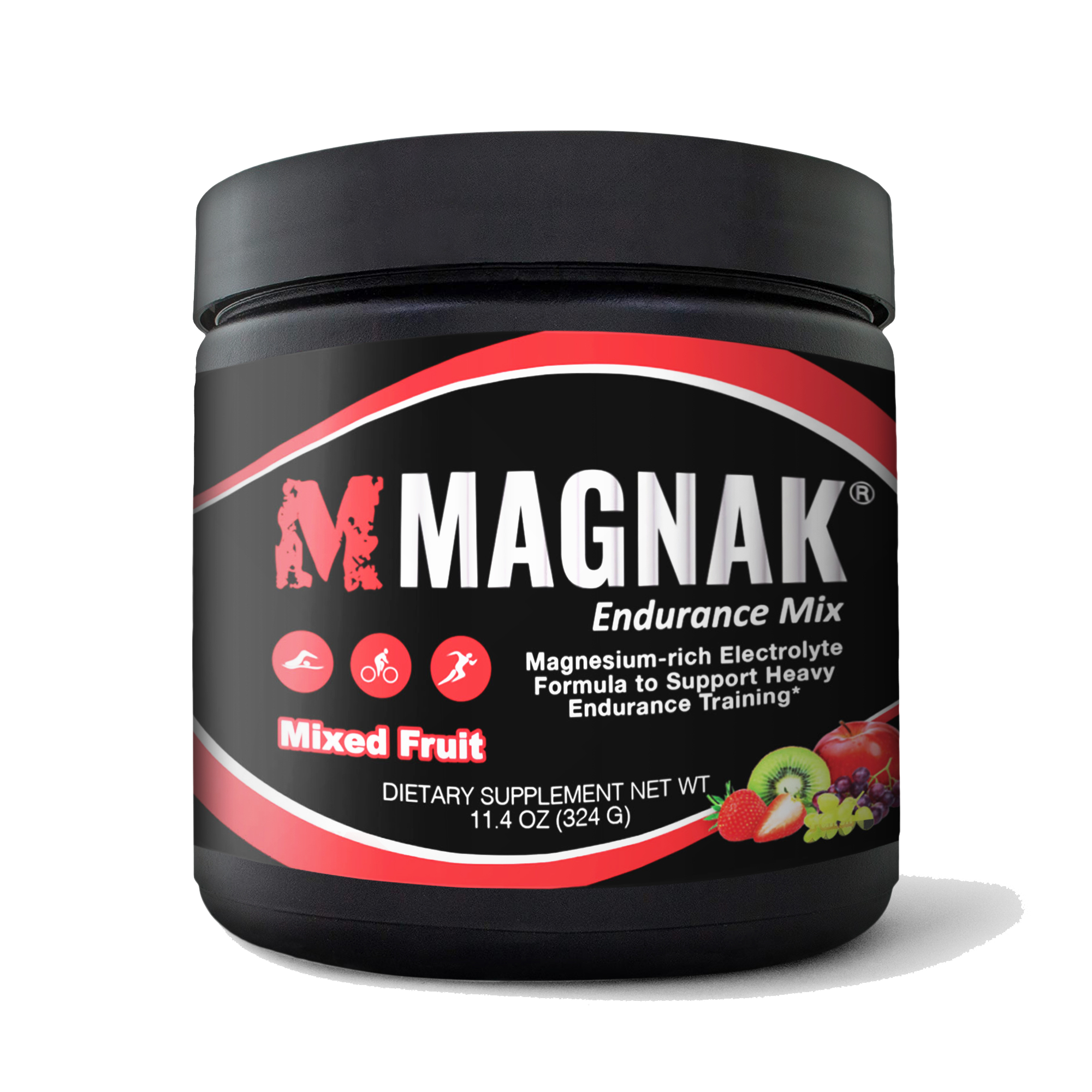

Loss of water is always accompanied by a loss of electrolytes, as water within the plasma is enriched with many electrolytes that are constantly in a state of flux. Symptoms of dehydration are experienced due to a loss of both water and electrolytes, and can be mild or severe based on the duration and extent of the dehydrated state. How quickly and efficiently one rehydrates largely determines the severity of these symptoms.

In general, dehydration is evident in most individuals as a “normal” phenomenon during or after exercise or after prolonged physical activity, particularly when the weather is warm or humid. Sweating is a protective mechanism whereby loss of water is a way that the body keeps itself cool or prevents itself from overheating. Loss of water through sweat glands is accompanied by a loss of sodium as well. An equivalent loss of sodium and water allows the body to maintain its blood osmolality (or thickness) within a range without big changes that can be detrimental. As the osmolality rises, it stimulates the thirst center in the brain, allowing an individual to rehydrate quickly by consuming water. This drops the osmolality back to normal and the thirst dissipates. Such a cycle of dehydration-thirst-rehydration is a common physiological change that happens within the human body almost every single day. Symptoms of dehydration are, hence, felt periodically, even among individuals in good health. Since exercise-related dehydration is seen commonly, it begs several questions: How to hydrate can we rehydrate quickly? What is an easy way to rehydrate or stay hydrated during exercise in the hot summer months? Can dehydration be prevented?
Below are some common reasons for dehydration:






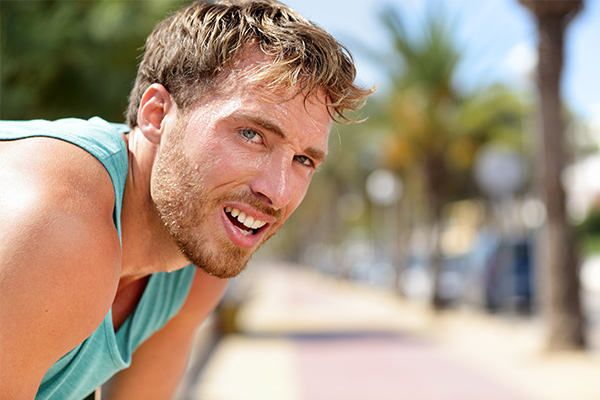
It is interesting to note that symptoms of dehydration differ among individuals largely because of body size and fluid losses, and it depends on how quickly an individual rehydrates to replace the deficit. How to rehydrate fast is the commonest challenge faced by athletes. Do it too late and face the effects of dehydration; do it early and the benefit is minimal.
The best way to avoid dehydration is to stay well hydrated
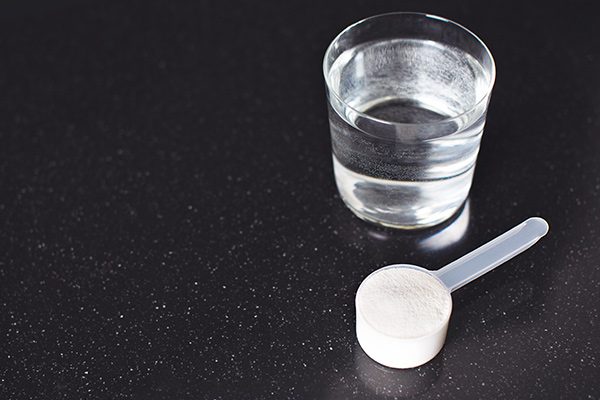
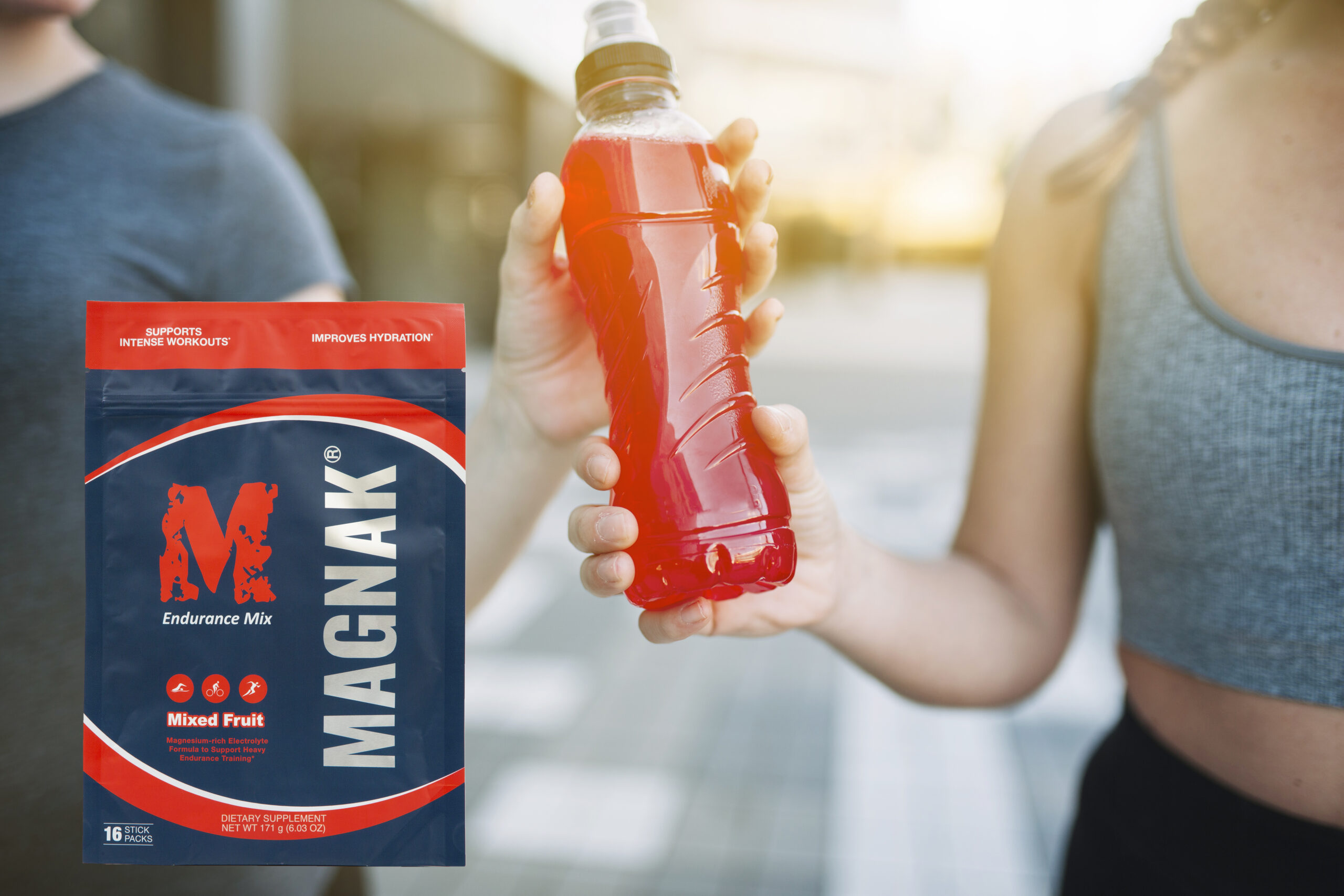
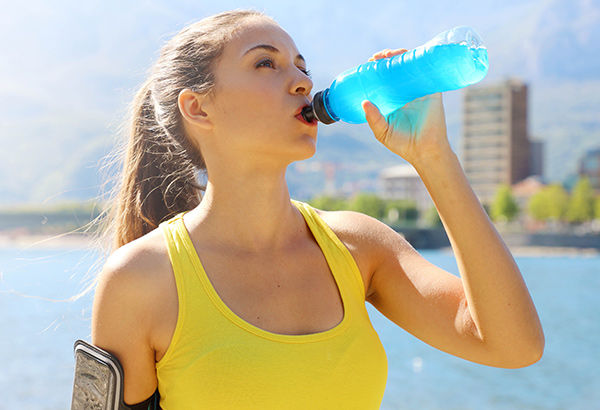
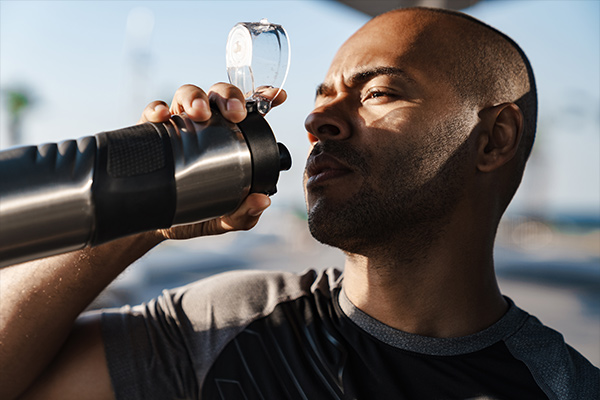





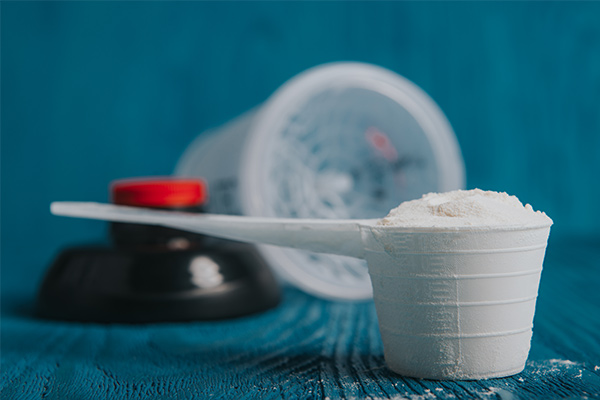
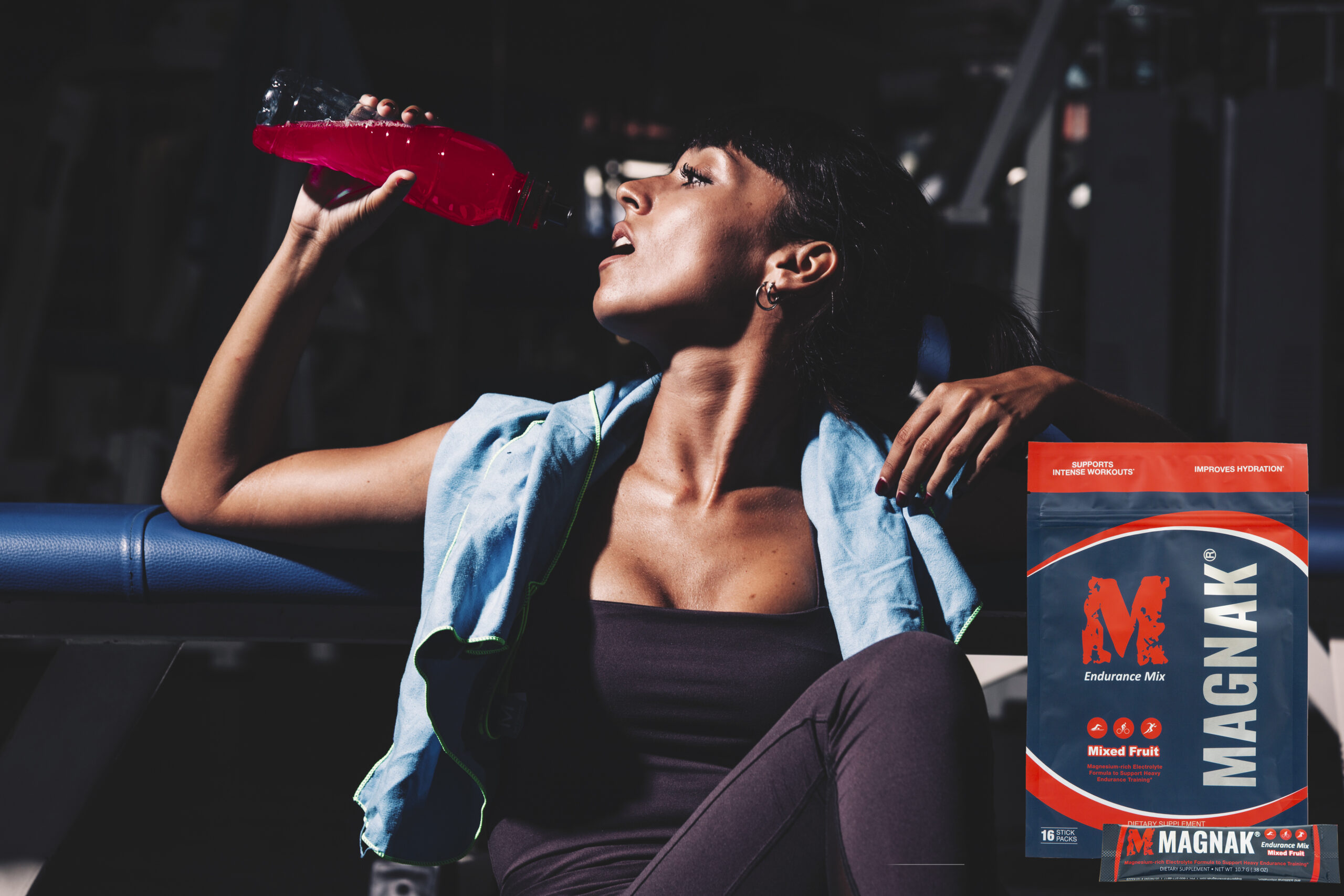
DON'T STAY SORE. TRY MAGNAK TODAY.

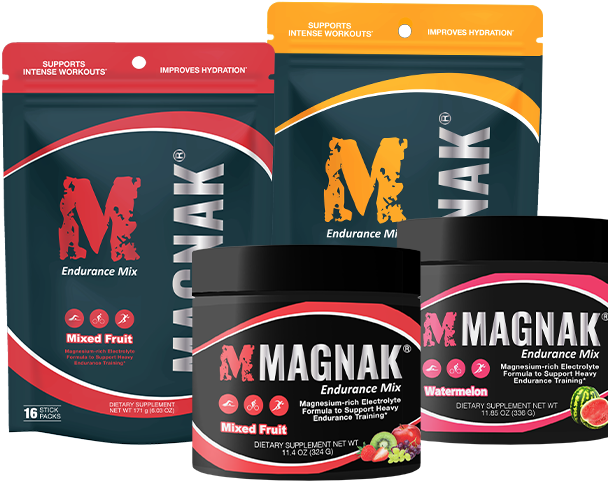
SHOP our ELECTROLYTE POWDER
30-Day Satisfaction Guarantee